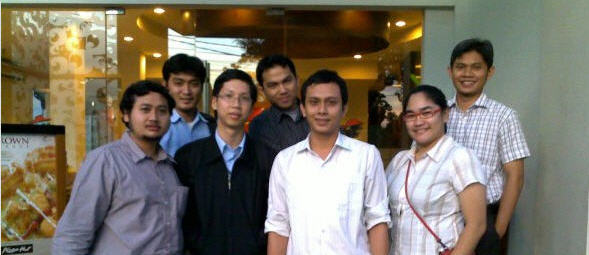
ERP, which is an abbreviation for Enterprise Resource Planning, is principally an integration of business management practices and modern technology. Information Technology (IT) integrates with the core business processes of a corporate house to streamline and accomplish specific business objectives. Consequently, ERP is an amalgamation of three most important components; Business Management Practices, Information Technology and Specific Business Objectives.
In simpler words, an ERP is a massive software architecture that supports the streaming and distribution of geographically scattered enterprise wide information across all the functional units of a business house. It provides the business management executives with a comprehensive overview of the complete business execution which in turn influences their decisions in a productive way.
At the core of ERP is a well managed centralized data repository which acquires information from and supply information into the fragmented applications operating on a universal computing platform.
Information in large business organizations is accumulated on various servers across many functional units and sometimes separated by geographical boundaries. Such information islands can possibly service individual organizational units but fail to enhance enterprise wide performance, speed and competence.
The term ERP originally referred to the way a large organization planned to use its organizational wide resources. Formerly, ERP systems were used in larger and more industrial types of companies. However, the use of ERP has changed radically over a period of few years. Today the term can be applied to any type of company, operating in any kind of field and of any magnitude.
Today's ERP software architecture can possibly envelop a broad range of enterprise wide functions and integrate them into a single unified database repository. For instance, functions such as Human Resources, Supply Chain Management, Customer Relationship Management, Finance, Manufacturing Warehouse Management and Logistics were all previously stand alone software applications, generally housed with their own applications, database and network, but today, they can all work under a single umbrella - the ERP architecture.
In order for a software system to be considered ERP, it must provide a business with wide collection of functionalities supported by features like flexibility, modularity & openness, widespread, finest business processes and global focus.
(www.topbits.com)


